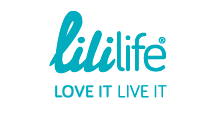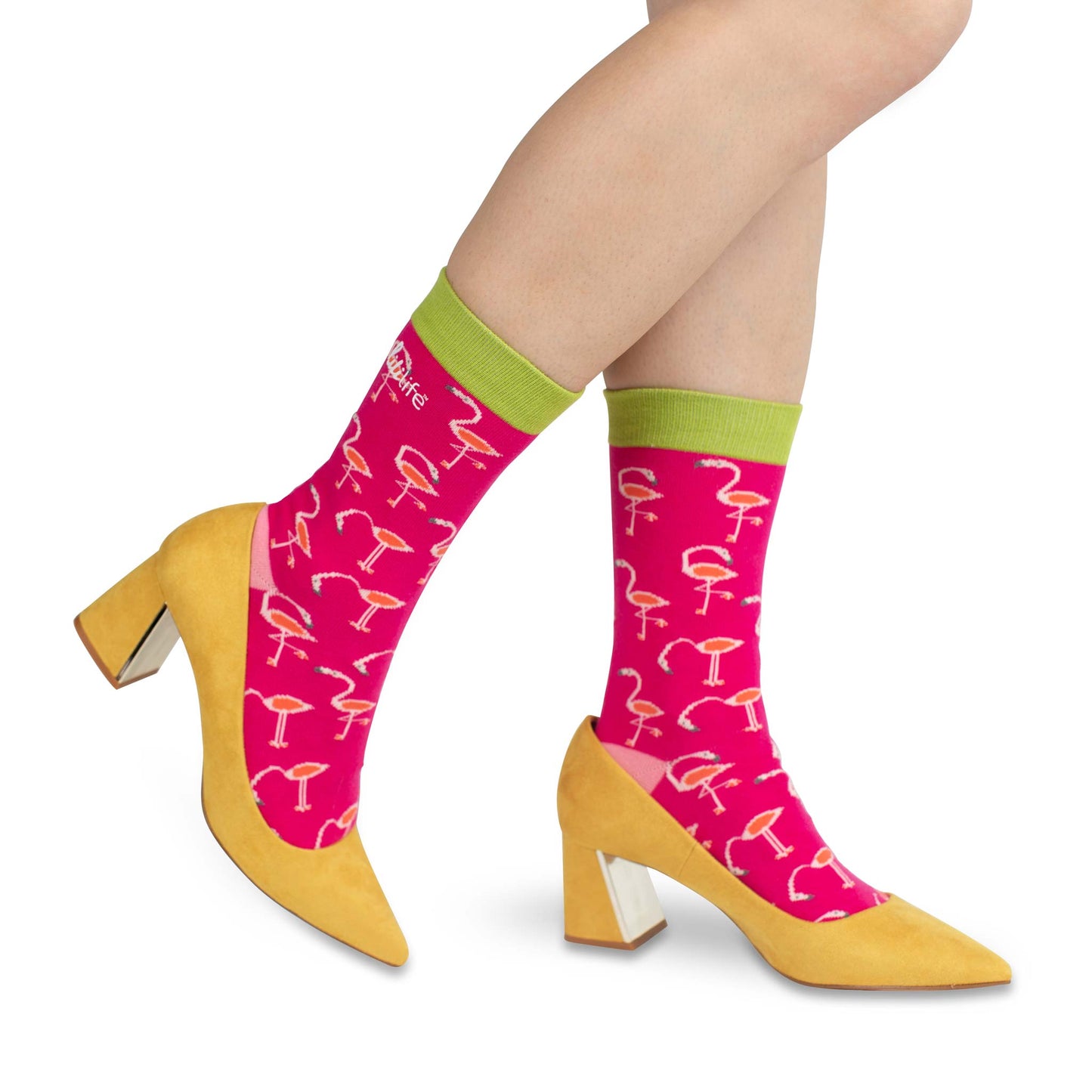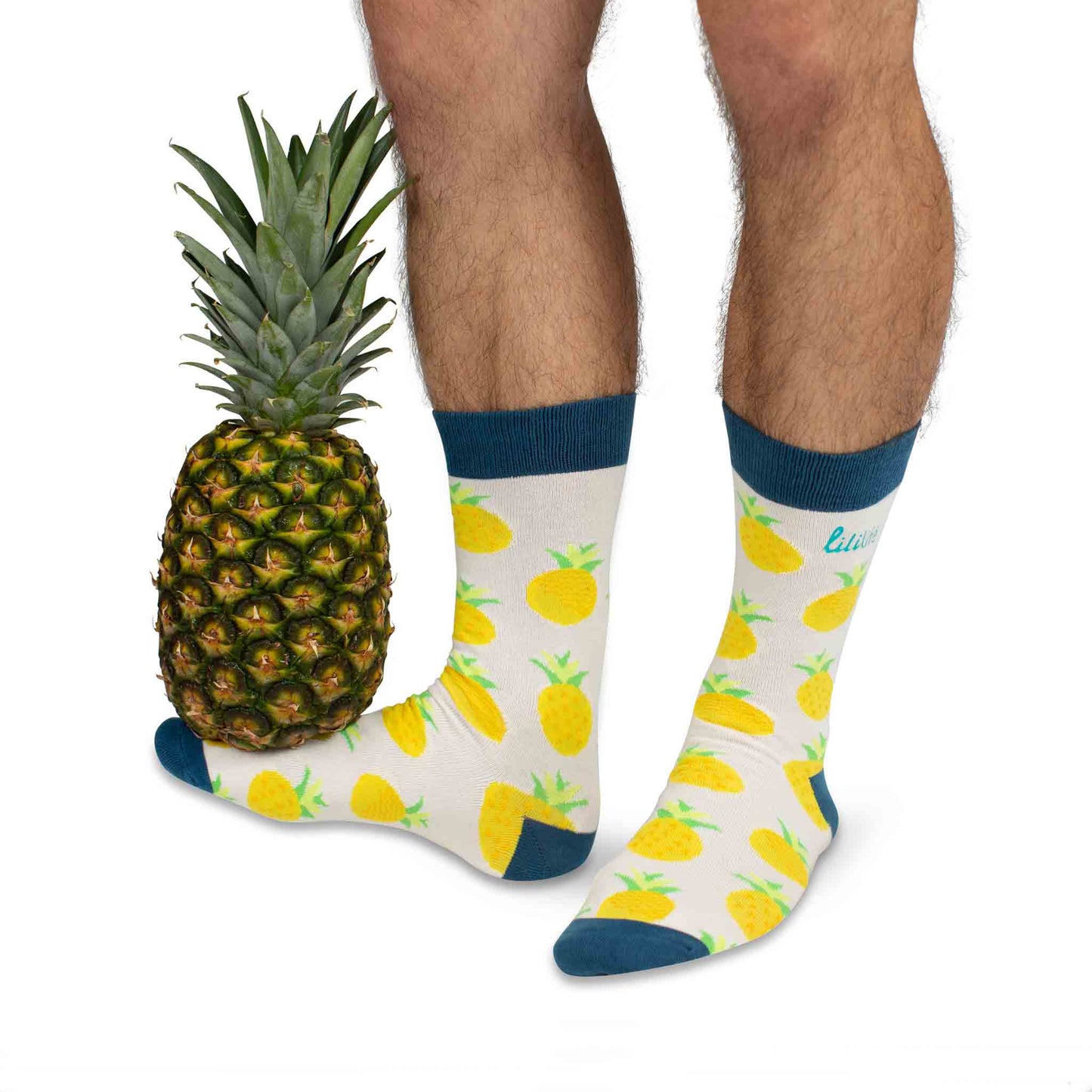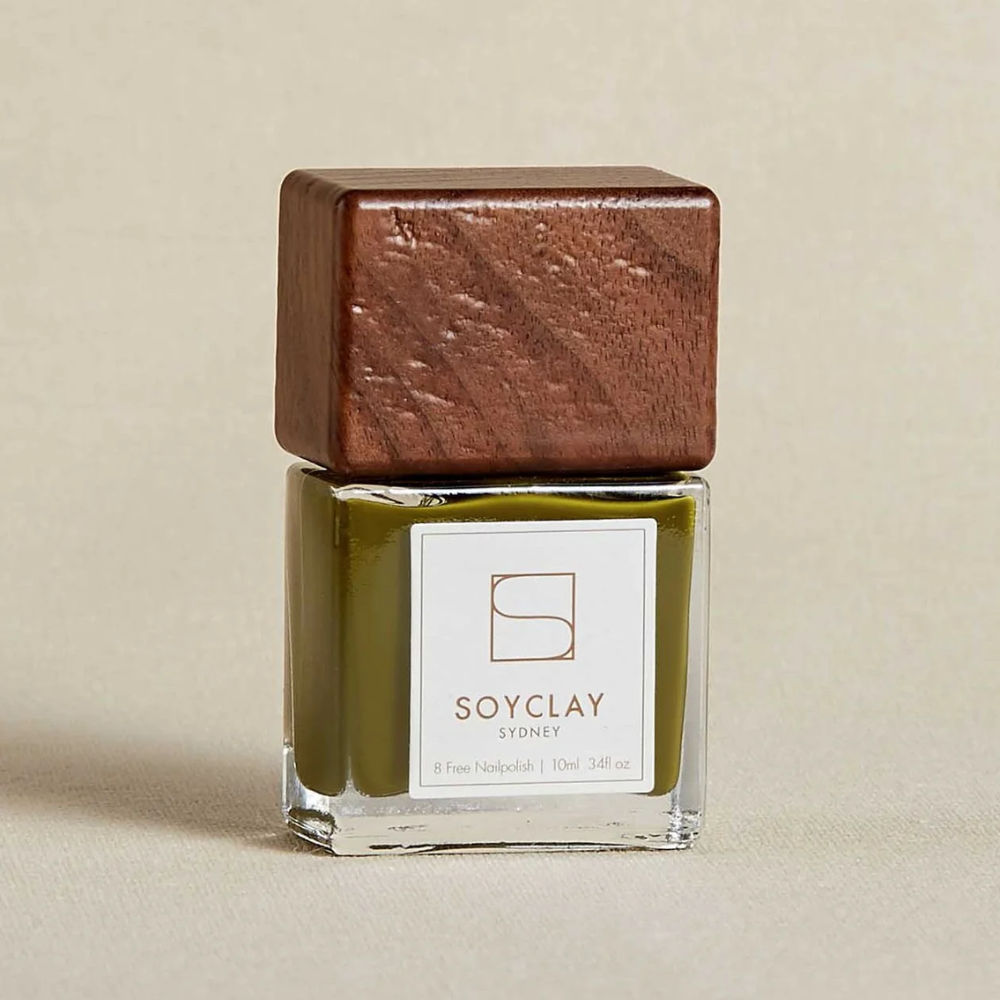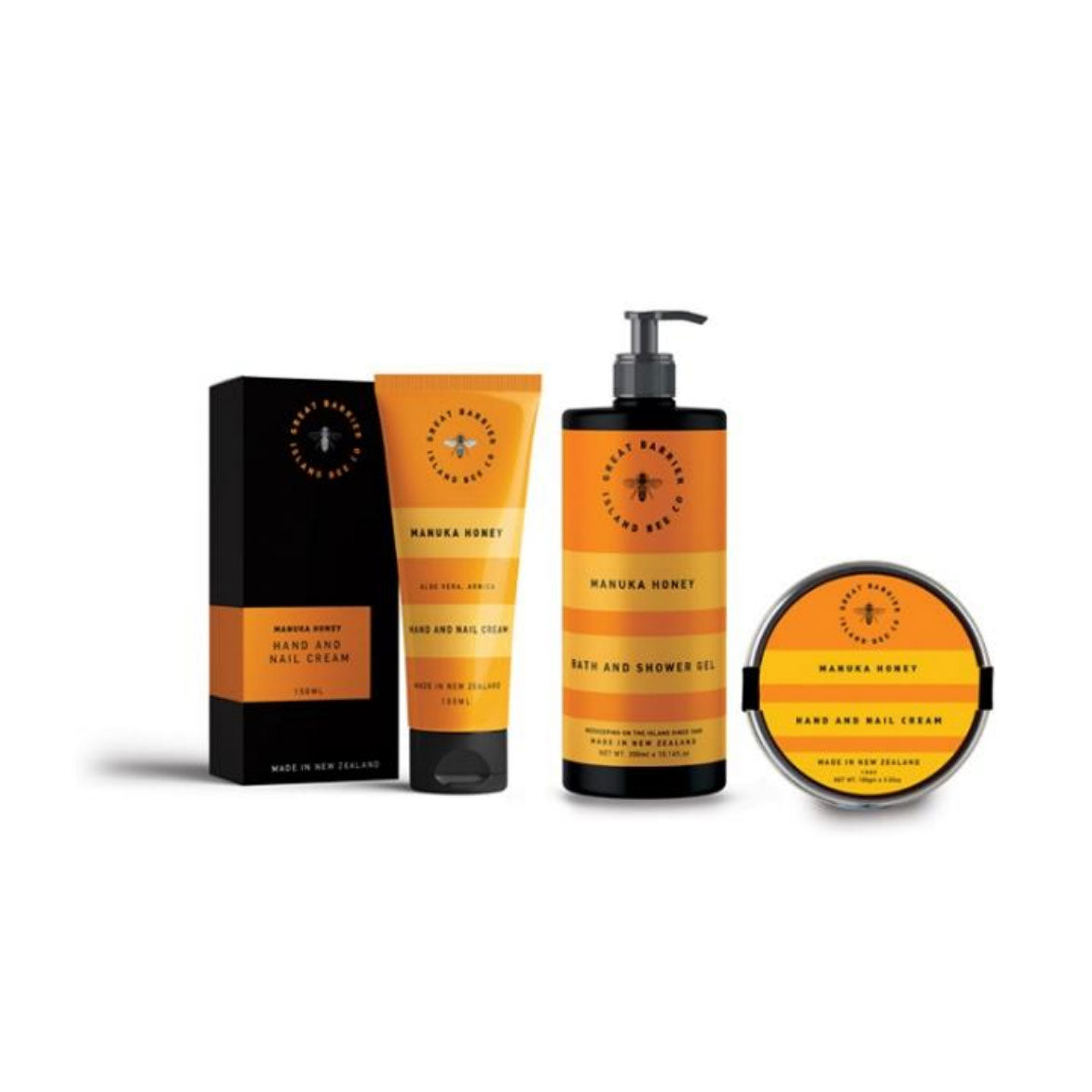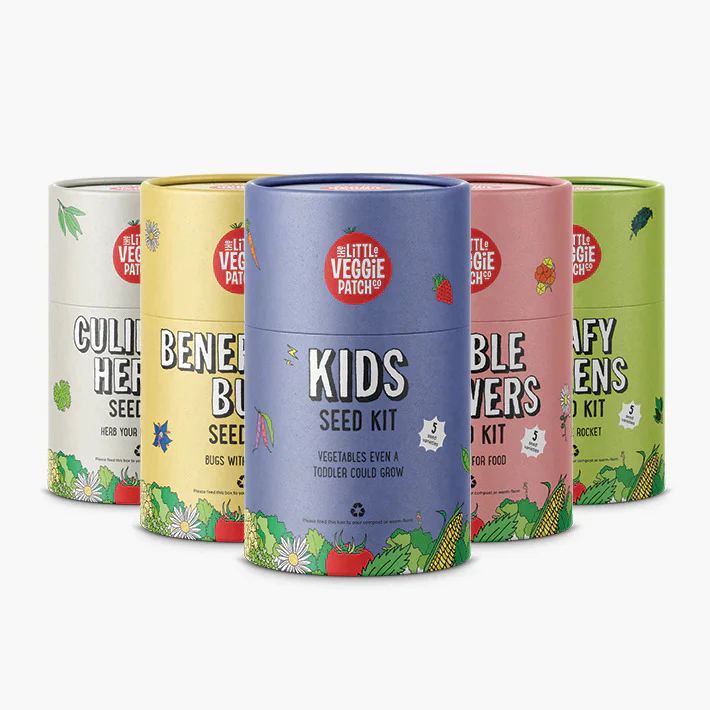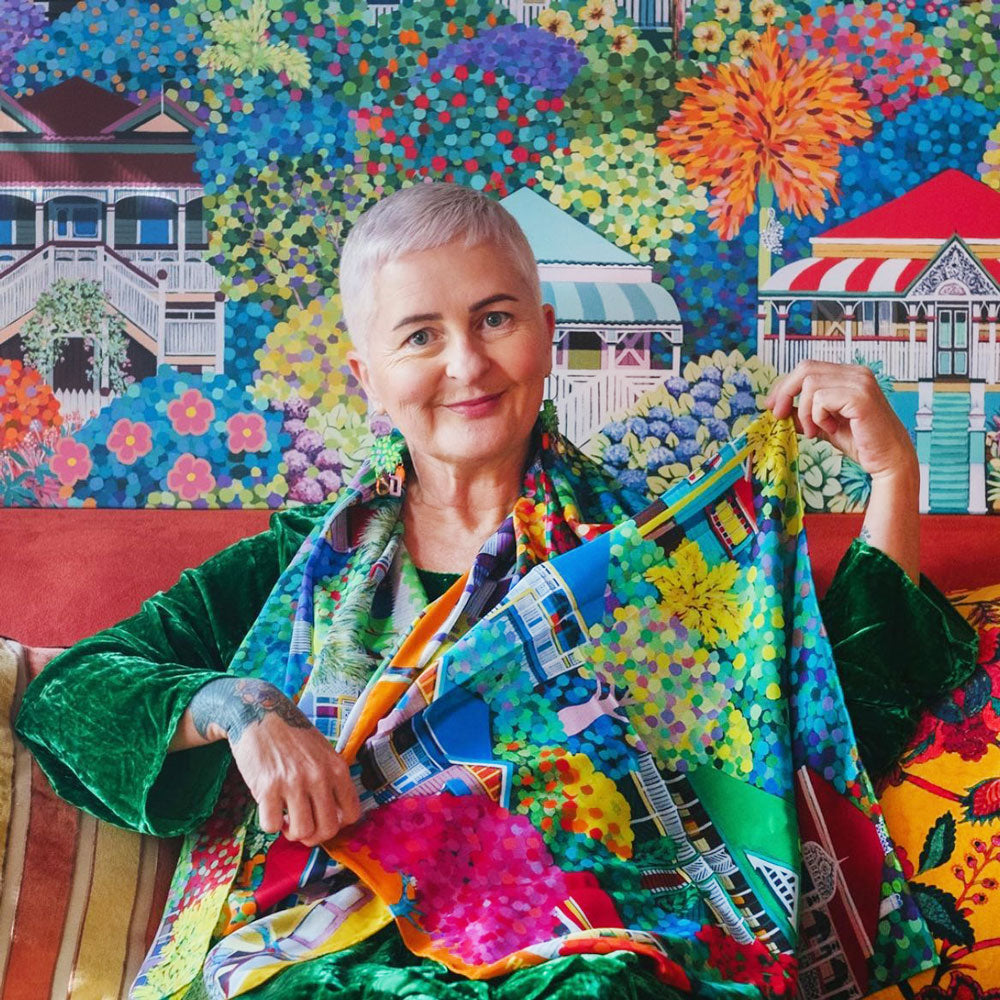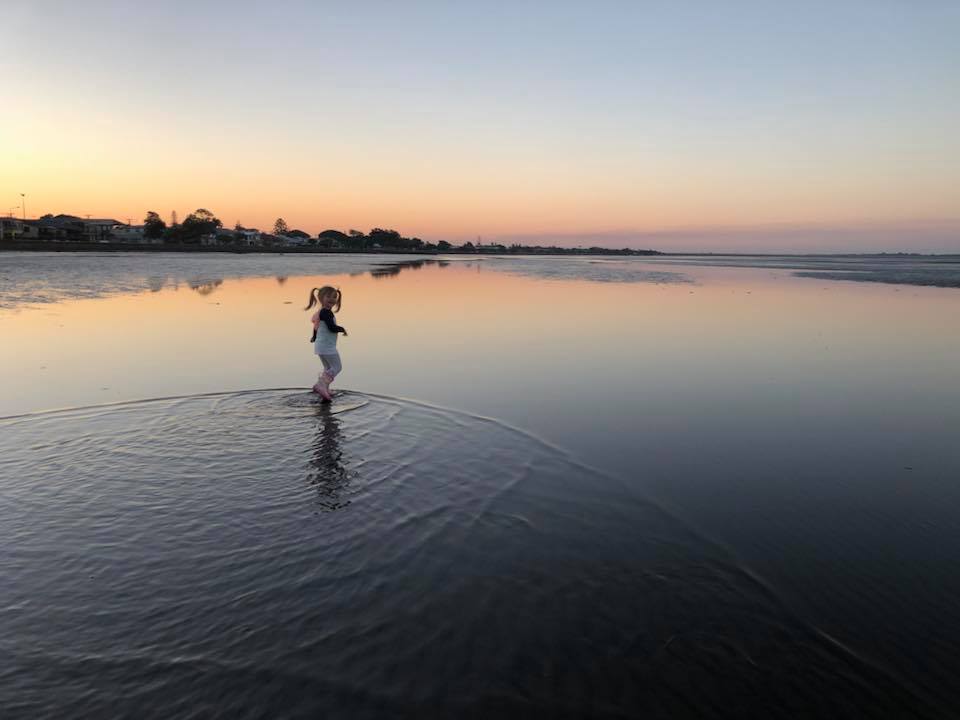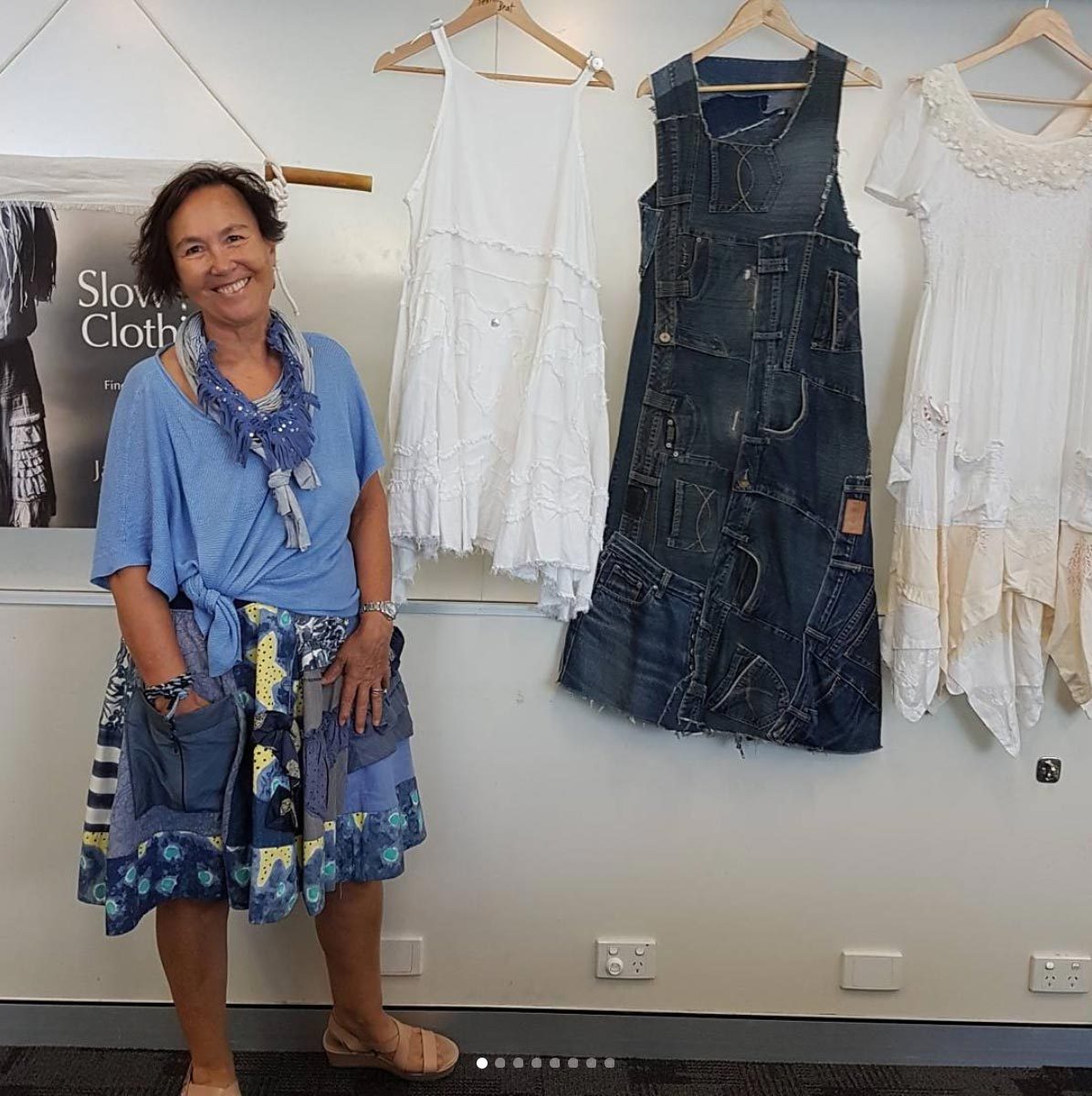
After a career in media and journalism that spanned over two decades, Brisbane mum of three, Jane Milburn, knew she needed a change. Taking the time and space to realise her passion, Jane identified our obsession with excess was becoming too much of a problem for our world to handle. It was then that Textile Beat was born.
Before establishing herself in Australia, Jane grew up on a sheep farm in New Zealand where much of the food that her family ate and the clothes that they wore came from the land and were created at home. Her career in journalism began upon graduating university, where she studied agriculture, with a particular interest in rural issues. In the later part of her career Jane transitioned to media advisor on a number of rural, political and agricultural campaigns. It was during a rural leadership training program that saw her travel around the county and the world that Jane realised she had her own campaign to run.
Textile Beat is a social enterprise, collated into a blog (and now book), that bucks the trend of harmful fast fashion. After learning just how much clothing our world was buying and disposing of (Australia is the world’s second largest consumer of textiles, purchasing on average 27kg of clothing each year, Jane decided something needed to be done to stop it. It was 2011 and society had already taken an active interest in where our food came from. We wanted fresh, local and uncontaminated food. “This is just the clothing equivalent,” Jane says of Textile Beat. By promoting a sustainable approach to clothes shopping, natural fibres such as Australian cotton, and recycling and re-fashioning of clothing, Textile Beat’s purpose was to reduce the number of clothes ending up in landfill. It also reignited a passion within Jane. “I always loved working with textiles, fabrics, natural fibres. I get satisfaction out of making for myself and being resourceful with things that other people are throwing away,” Jane tells me, adding that she prefers natural fibres over synthetics, that are often derived from petroleum and pollute our waterways with microplastics every time we wash them.
After developing her slow clothing philosophy, Jane used her campaign experience for Sew It Again, a social campaign to promote Textile Beat and bring awareness to ways we can restrict our reliance on retail fashion at home, particularly through making and sewing our own clothes at home. During this time Jane came to the realisation that people just don’t sew, or know how to sew, any more, and so the following year she established the slow clothing manifesto with 10 manageable ways to “reduce your material footprint”. These included addressing the way we think, care for and revive our clothing, without a reliance on technical sewing skills. But Jane wasn’t stopping there; in 2015 Jane lobbied and addressed her local Brisbane City Council for more to be done to reduce textile waste and promote sustainable clothing across the region. The result? A pop-up second hand fashion festival at South Bank, called Revive.
Celebrating her sixth year at the helm of Textile Beat, Jane has self-published her own book titled Slow Clothing (available for purchase here. She reflected on how society’s approach to fashion has evolved during that time, noting that recycled clothing used to be a gimmick and “now we have a conversation,” referring to festivals like Revive and the Green Heart Fair (also by Brisbane City Council), and the growing support for locally made clothing, natural fibre fabrics, and buying second hand. Her book discusses this way of thinking, and how we can and should be more independent of fashion cycles and trends. “It’s about we, the wearers, empowering ourselves, re-skilling ourselves,” Jane says, “so that we can reflect on the outside (how we feel on the inside).” The book also contains simple hand stitching and patching ‘how-to's’ to make and mend clothing, as well as tips to reduce your excess, such as auditing your wardrobe, developing a shopping strategy, and seeking responsible choices. Perhaps the most impressive part of her six-year slow clothing revolution, particularly those of us who can’t resist a sale, is that the only new clothing Jane has purchased in that time is underwear and footwear.
To learn more about Textile Beat and Jane’s slow clothing philosophy, visit her website, watch her talk at TEDxQUT, or find her on Facebook and Instagram. Jane’s book, Slow Clothing, officially launched in December 2017 and can be purchased here.
Author: Zoie May_
Images: Jane Milburn, Textile Beat
